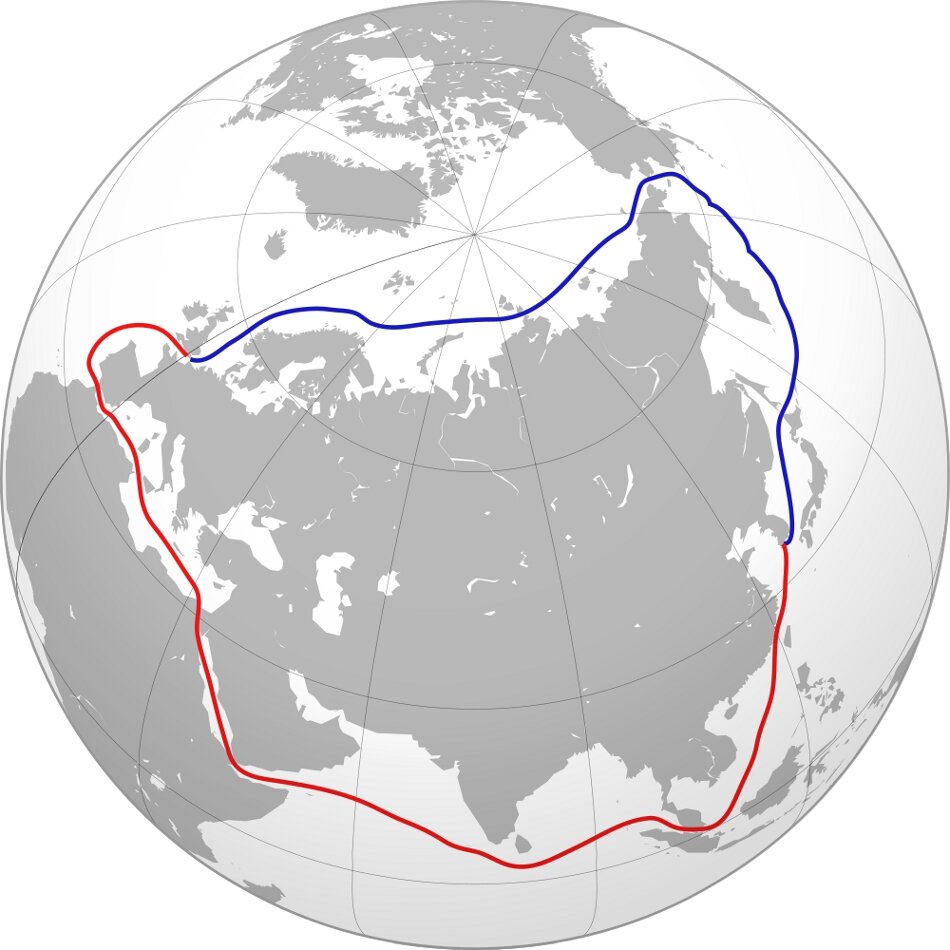ESA maps communication gaps for Arctic 'gold rush'
While the shipping industry is preparing to open up new trade routes through hazardous Arctic seas, ESA is investigating the satellite communications needed to cover the polar regions.
As many forecasts for Arctic sea ice predict more stretches of open water and thin ice, summer use of the Arctic Ocean as an intercontinental trade route is becoming attractive. And with that comes the need for reliable communications.
The European Council president, Herman Van Rompuy, recently described the events taking place in the Arctic as the "gold rush" of the north.

In August, Norwegian-based Tschudi Shipping Company’s bulk carrier MV Nordic Barents used the ‘Northern Sea Route’ as a trade lane from the northern part of Norway to China via Arctic and Russian waters, without entering any Russian harbour. According to Tschudi, it is faster, more economical and more efficient.
However, it is not shipping alone that will take advantage of opportunities opening up in the Arctic region: exploration, tourism and the population will also increase.
“Nations and businesses may be tempted by the vast reserves of mainly offshore gas and oil, or by prospect of more accessible metals, timber and other natural resources,” said Mr Van Rompuy at the Arctic Futures Symposium last month, hosted by the European Council.
“The melting of the Arctic Sea may change not only international shipping routes, but the economic balance of the whole region. This may disrupt many of the fragile ecological and societal balances.”
Working under ESA’s ARTES telecommunications programme, specialists are mapping the future demand and identifying communication gaps in the Arctic. They are outlining the new services that will require satellite communications such as maritime, aeronautical, tourist, off-shore, oil and gas and government services.
In addition, Arctic maritime safety and search and rescue services as well as the communication needs of the Arctic community are being addressed. The study will recommend how to fill the gaps. At the moment, only low-data-rate, low-orbit satellite communication systems such as Globalstar and Iridium are serving the Arctic. New low-orbit systems will be operational in 2015 offering medium data rates, including messaging.
In addition, both Canada and Russia are designing their satellite systems for broadband communications and Earth observation from highly elliptical orbits.
The study is being performed by SINTEF Norway supported by Norwegian company Telenor and the Norwegian Marine Technology Research Institute (Martinek), as well as Canadian companies Euroconsult and Telesat.
The study will be finalised in August 2011, with initial findings presented at the Arctic Shipping Conference next April in Helsinki, Finland.




